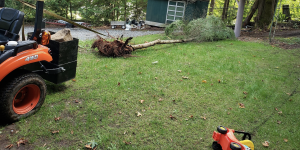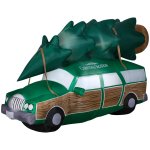Seamonster124
Member
Pretty big but also lot of roots. I've transplanted pretty big evergreens with roughly 50% survival rate. This is the largest one so far. It's a western hemlock. I'm in the Seattle area and it's the start of our wet season so what you guys think?

